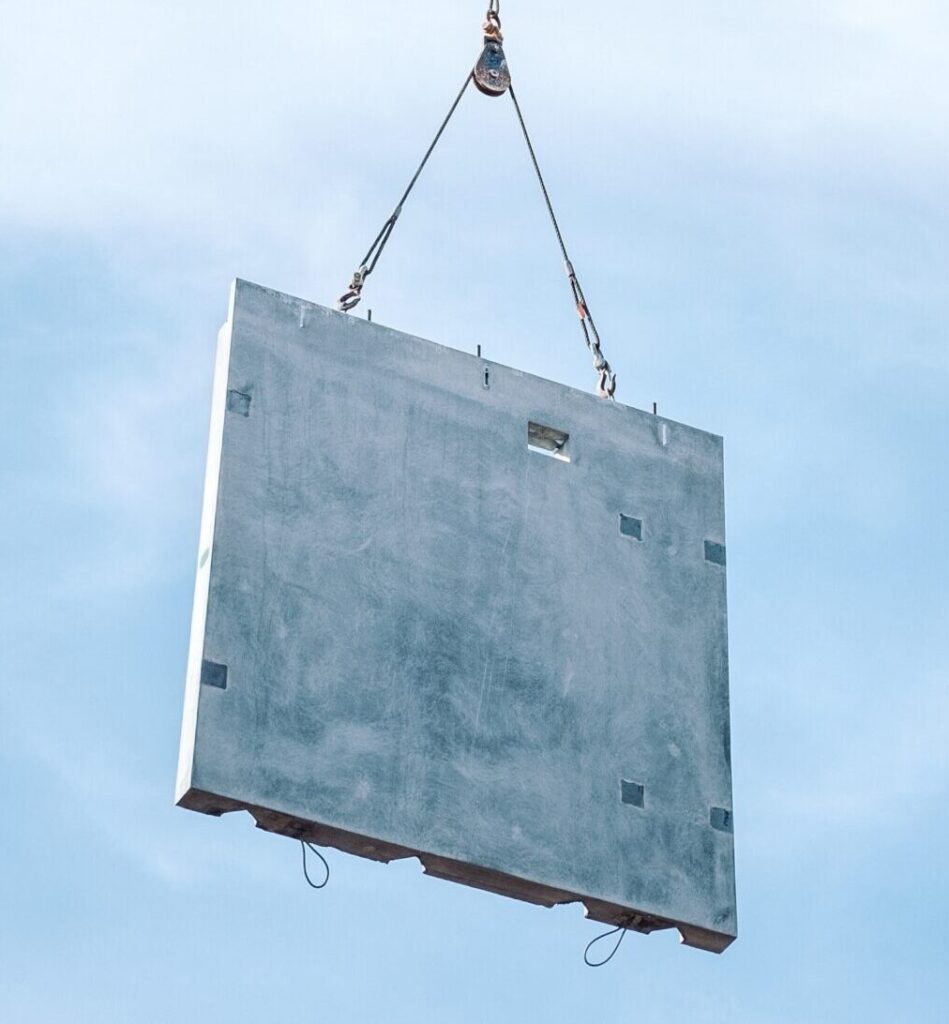If you’re reading this, you consume content regularly. You enjoy the work other writers publish, and you wish you could do the same. Perhaps you do write, but you want to write more often.
No matter how much I write for clients or myself, I always feel like it’s never enough. It’s a way to express yourself, communicate ideas, and impact people. Writing turns into breathing.
Here are my best steps to turning writing into a daily habit:
Understand Your Creative Loop
While I believe we can always write more, I’ve also learned the importance of balance. You can only produce so much. Like anything else in life, your intake and output need to coexist. You consume calories, and you burn calories. You talk to friends, and you listen to them. If there is disharmony in these actions, then things fall apart.
You need to implement an intentional creative loop — balance consumption with production. Read your favorite stories, follow your favorite artists, and use these things to fulfill and renew you. Take up hobbies and spend time without technology.
Writing is only a result of something. You lived, and now you write. So to produce daily writing that’s fulfilling and interesting to both you and the reader, do exciting things and follow your curiosities.
Start Free Writing
Your goal is to write daily, not to create the most high-value piece of content ever published. Of course, there’s a time and place for the best of your work, but you can only get there by writing each day.
If you don’t journal, start now. Write down your thoughts and some of the things you are working on. Try not to structure it too much; this exercise is for creativity. It’s also effective at helping you articulate some of the thought-seeds that will one day become big projects or content in the future.
Free writing puts your reps in, and you become a better, more prolific writer over time.
Pick a Time and Location
Humans will always be habitual creatures. They’re just bad at picking the right ones. Habits need to be intentional, and hacking into natural tendencies like our biological clocks and our psychological ties to spaces helps.
Choose when you write. If you’re like me, you’ll find that creative writing (or free writing) is best in the morning while researched, structured writing is best at night. Experiment with these times and see what works best for you. Writing is only one part of the stage; think outlining, brainstorming, editing.
I have multiple locations when writing. I like to research on a back porch or coffee shop. When I feel creatively stuck, I go to a cafe or somewhere with movement but still have a quiet corner for focus. When I write, I do it in my office with the right monitor, keyboard, handwriting materials, and tools that have helped me along the way.
Publish It
This might be the hardest thing for most beginner writers. But if your goal is to influence readers, you need to publish. All of it. It won’t be perfect, but it’s part of the process. Check out some of your favorite writers and study their earliest works. They’re like you and me. The only difference is they wrote more.
Publish on Medium, your blog, social media platforms, and get your work out there. It can help you beat that fear of exposure and help you fine-tune your craft through the support and feedback you receive.
Find a Community
I can’t stress this enough: writing is not a one-person craft. You need a group of people willing to read, critique, and encourage you on your journey. Writing can be very lonely, and you can’t progress much if you’re walking it on your own.
I’m blessed with great friends that I’ve met through Twitter and other platforms. If you need to connect with writers that will encourage you, send me a DM on Twitter, and I’ll do my best to get you started.
Writing is sculpting. We work with a disfigured block of an idea and chip at it each day. It’s a day game and can only be done by building a habit.


